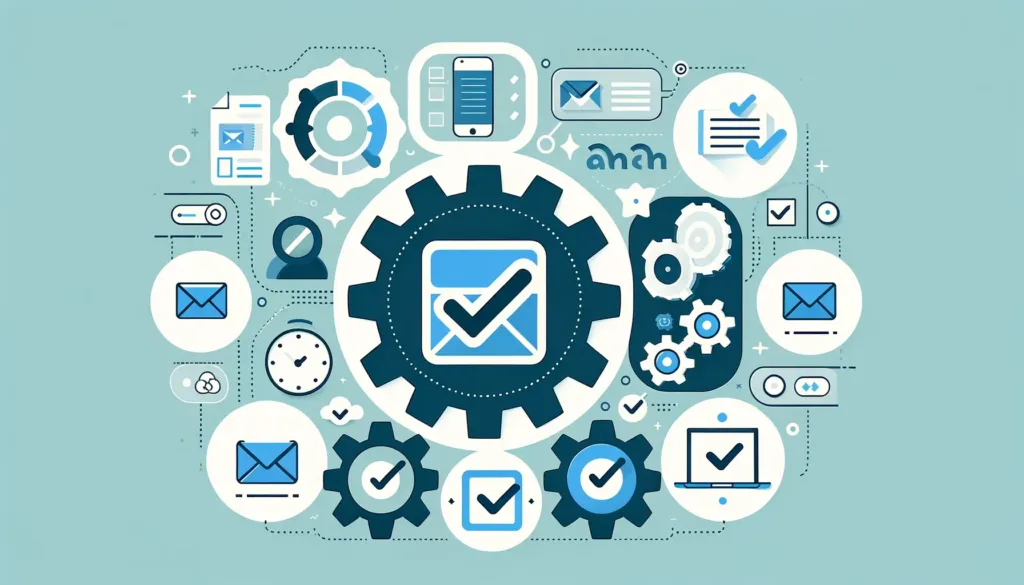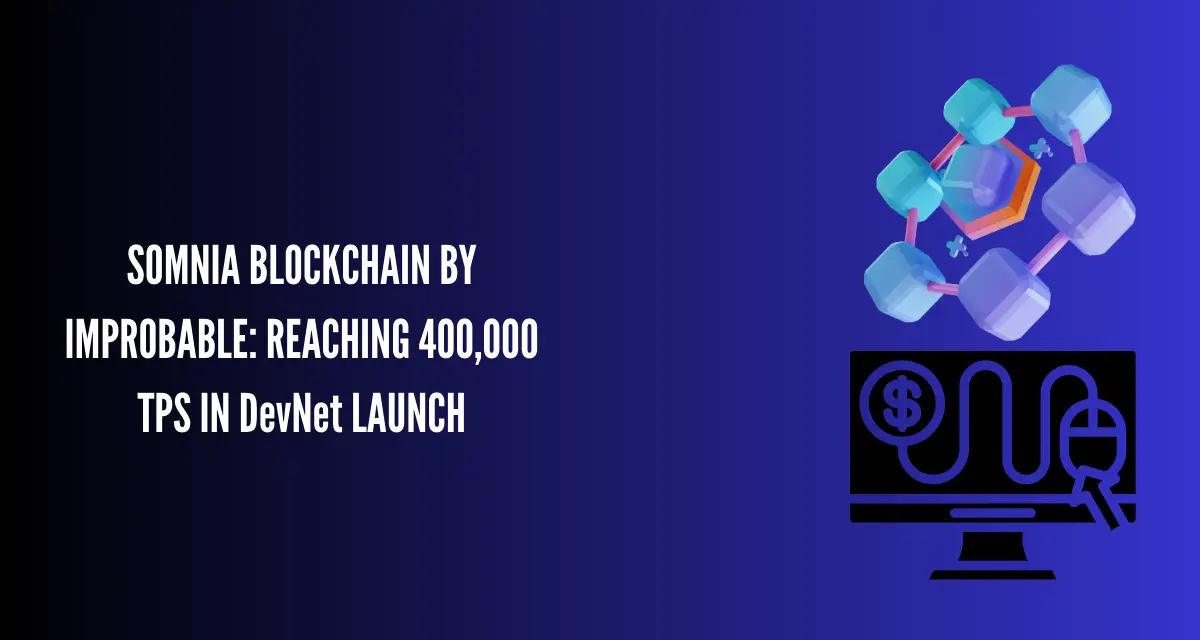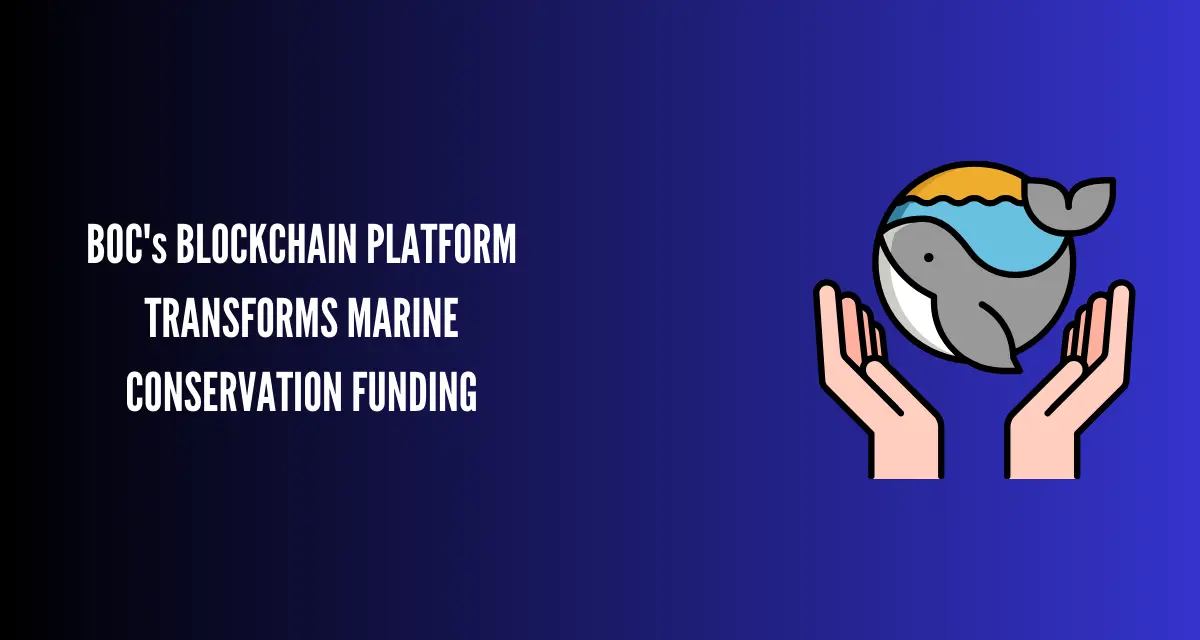Introduction
Brief Overview of Email Marketing
Email marketing has come a long way from its early days of basic newsletters. Now, it’s a powerful tool that allows businesses to connect with their audience in a more personal and engaging manner. In 2024, email marketing automation is at the forefront of this evolution, enabling businesses to deliver personalized content at scale.
Importance of Automation in Email Marketing
With the vast amount of data available today, manual email marketing is no longer feasible. Automation helps streamline the process, ensuring that the right message reaches the right person at the right time. This not only saves time but also increases efficiency and effectiveness.
Purpose of the Guide
This guide aims to provide the best practices for email marketing automation in 2024. It’s designed to help both beginners and professionals implement effective email marketing strategies that drive results. Whether you’re just starting or looking to refine your existing campaigns, this guide will offer valuable insights and actionable steps.
Understanding Email Marketing Automation
Definition and Benefits
Email marketing automation refers to the use of software to automate the process of sending emails to your subscribers. This can include everything from welcome emails to follow-up messages and promotional campaigns. The primary benefits include:
Efficiency: Automating repetitive tasks saves time.
Personalization: Tailored messages can be sent based on user behavior.
Scalability: Easily manage large email lists without manual effort.
Key Components
The key components of an automated email marketing system include:
Email List: A segmented list of subscribers.
Triggers: Specific actions or behaviors that initiate email sends.
Workflows: Predefined paths that emails follow based on subscriber actions.
Latest Trends and Technologies in 2024
In 2024, several trends are shaping the landscape of email marketing automation:
AI and Machine Learning: These technologies are used for advanced personalization and predictive analytics.
Interactive Emails: Emails that include interactive elements like polls and surveys.
Integration with Other Channels: Seamless integration with social media, SMS, and other marketing channels.
Setting Up Your Email Marketing Automation
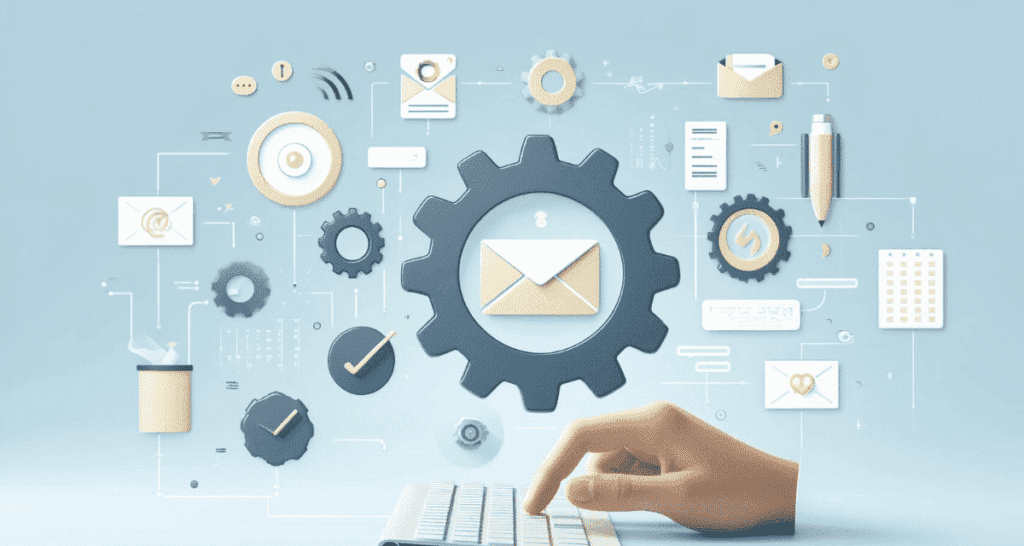
Choosing the Right Platform
Comparison of Popular Platforms
Selecting the right email marketing automation platform is crucial. Here are some popular options:
Mailchimp: Stands out with its easy-to-use interface and powerful capabilities.
HubSpot: Offers advanced automation and CRM integration.
ActiveCampaign: Provides a balance of powerful automation and affordability.
Factors to Consider
When choosing a platform, consider the following:
Ease of Use: How easy is it to set up and manage campaigns?
Features: Does it offer the features you need?
Integration: Can it integrate with your existing tools?
Cost: Does it fit within your budget?
Integrating Your Email Marketing Platform
CRM Systems
Integrating your email marketing platform with a CRM system allows you to sync subscriber data and create more personalized campaigns. This integration helps track customer interactions and segment your audience more effectively.
E-commerce Platforms
For e-commerce businesses, integrating with your e-commerce platform is essential. This allows you to send targeted emails based on customer behavior, such as abandoned cart reminders and purchase follow-ups.
How Effective is Email Marketing for eCommerce in 2024?
Building and Segmenting Your Email List
Best Practices for List Building in 2024
Building a quality email list is the foundation of a successful email marketing strategy. Here are some best practices:
Opt-In Forms: Use opt-in forms on your website to collect email addresses.
Lead Magnets: Offer valuable content or discounts in exchange for email sign-ups.
Social Media: Promote your email list on social media platforms.
Effective Segmentation Strategies
Segmenting your email list ensures that your subscribers receive relevant content. Effective segmentation strategies include:
Demographics: Segment based on age, gender, location, etc.
Behavioral Data: Segment based on past purchase behavior, website interactions, etc.
Engagement Levels: Segment based on how often subscribers engage with your emails.
Crafting Effective Email Campaigns
Personalization and Dynamic Content
Advanced Personalization Techniques
Using AI and machine learning, you can create highly personalized email content. Here are some techniques:
Behavioral Data: Use data on subscriber behavior to tailor content.
Dynamic Content: Create content that changes based on subscriber preferences.
Predictive Analytics: Use predictive analytics to anticipate subscriber needs.
Personalization Techniques in Email Marketing for 2024.
Creating Dynamic Content
Dynamic content allows you to display different content to different segments of your audience within the same email. This increases relevance and engagement.
Crafting Compelling Subject Lines and Email Content
Tips for Attention-Grabbing Subject Lines
Your subject line is the first thing a subscriber sees. Here are some tips:
Keep It Short and Sweet: Aim for 50 characters or less.
Create Urgency: Use phrases like “limited time offer.”
Personalize: Include the subscriber’s name or relevant details.
Best Practices for Engaging Email Copy
Writing engaging email copy is key to keeping your audience interested. Here are some best practices:
Use Conversational Language: Write as if you’re speaking directly to the subscriber.
Be Clear and Concise: Get to the point quickly.
Include a Call to Action: Encourage subscribers to take the next step.
Designing Responsive and Visually Appealing Emails
Importance of Mobile Optimization
With more people checking emails on their phones, mobile optimization is crucial. Ensure your emails look great on all devices by using responsive design.
Design Trends for 2024
Stay ahead of the curve by incorporating the latest design trends:
Minimalist Design: Focus on clean, simple layouts.
Maybe if you want to learn about Minimalist Web Design Benefits.
Interactive Elements: Add interactive features like buttons and sliders.
Personalized Visuals: Use images and graphics that resonate with your audience.
Automation Workflows and Strategies
Setting Up Essential Automation Workflows
Welcome Series
A welcome series is a sequence of emails sent to new subscribers. It helps introduce your brand and set the tone for future communications.
Abandoned Cart Reminders
Send reminders to customers who have added items to their cart but haven’t completed the purchase. This can help recover lost sales.
Post-Purchase Follow-Ups
Following up with customers after a purchase can increase loyalty and encourage repeat business. Send thank-you emails, product recommendations, and requests for feedback.
Re-Engagement Campaigns
Re-engagement campaigns target subscribers who haven’t interacted with your emails in a while. Offer incentives to bring them back into the fold.
Implementing Advanced Automation Strategies
Behavioral Triggers
Behavioral triggers send emails based on specific actions taken by the subscriber. For example, if a subscriber clicks on a particular link, they receive a follow-up email related to that topic.
Lead Nurturing Sequences
Lead nurturing sequences are designed to guide prospects through the sales funnel. They provide valuable content and gradually move the prospect closer to making a purchase.
Cross-Sell and Upsell Campaigns
Cross-sell and upsell campaigns recommend additional products or services based on previous purchases. This can increase the average order value and drive more revenue.
Enhancing Automation with AI and Machine Learning
Predictive Analytics for Email Marketing
Predictive analytics uses data to predict future subscriber behavior. This allows you to send more relevant and timely emails.
AI-Driven Content Recommendations
AI-driven content recommendations use machine learning to suggest content that is most likely to engage each subscriber. This increases personalization and relevance.
Analyzing and Optimizing Your Campaigns
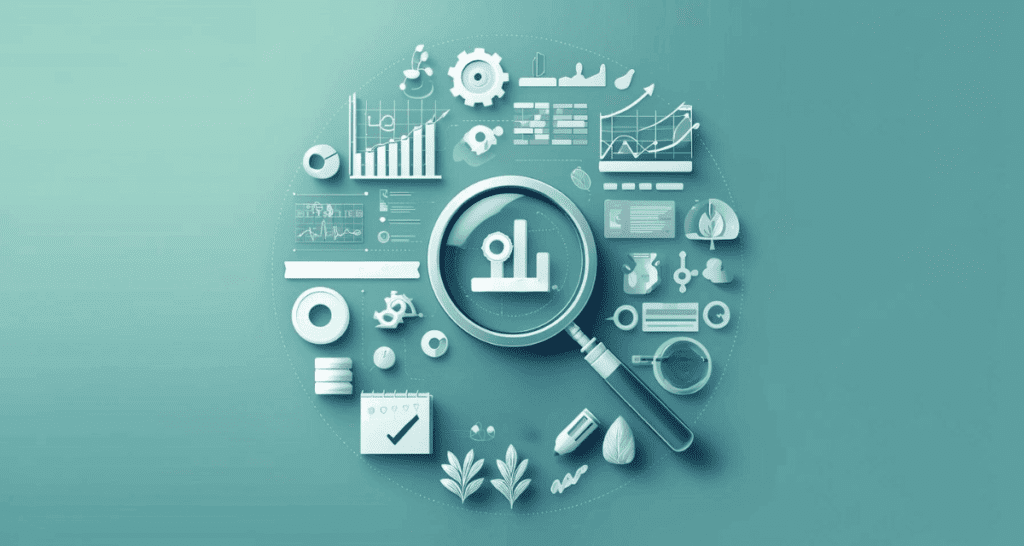
Tracking and Analyzing Key Metrics
Key Metrics to Track
Tracking the right metrics is essential for understanding the performance of your email campaigns. Key metrics include:
Open Rates: The proportion of recipients who open your email.
Click-Through Rates: The percentage of recipients who click on a link within your email.
Conversion Rates: The percentage of recipients who complete a desired action, such as making a purchase.
Tools and Techniques for Tracking Performance
Several tools can help you track and analyze your email marketing performance:
Google Analytics: Track website traffic and conversions from your email campaigns.
Email Service Provider Analytics: Use the built-in analytics of your email marketing platform to track performance.
Implementing A/B Testing for Continuous Improvement
How to Set Up and Analyze A/B Tests
A/B testing involves sending two versions of an email to see which performs better. Steps to set up an A/B test:
Define Your Goal: Determine what you want to test (e.g., subject lines, email content).
Create Variations: Create two versions of the email with different elements.
Send and Analyze: Send the variations to a small segment of your list and analyze the results.
Examples of A/B Test Scenarios
Subject Lines: Test different subject lines to see which has a higher open rate.
Email Content: Test different copy or images to see which drives more clicks.
Optimizing Your Campaigns for Better Performance
Strategies for Improving Engagement Rates
To improve engagement rates, consider the following strategies:
Personalization: Tailor content to each subscriber’s interests.
Timing: Send emails at times when your audience is most likely to engage.
Content Quality: Ensure your content is valuable and relevant.
Reducing Bounce Rates and Unsubscribes
Reducing bounce rates and unsubscribes is crucial for maintaining a healthy email list. Here are some tips:
Clean Your List Regularly: Remove inactive subscribers.
Provide Value: Ensure your emails offer something of value to the subscriber.
Make It Easy to Unsubscribe: A clear and easy unsubscribe process can prevent spam complaints.
Refining Segmentation and Targeting
Refining your segmentation and targeting ensures your emails are relevant to each subscriber. Use data and analytics to continually improve your segmentation strategies.
Future Trends in Email Marketing Automation
Emerging Technologies and Their Impact
Several emerging technologies are set to transform email marketing automation:
AI and Machine Learning: These technologies will continue to enhance personalization and predictive analytics.
Interactive Emails: Expect to see more interactive elements in emails, such as polls and surveys.
Predictions for the Future
In the coming years, email marketing automation will become even more sophisticated. Expect to see greater integration with other marketing channels and more advanced AI-driven personalization.
How Businesses Can Prepare
To stay ahead, businesses should:
Invest in Technology: Adopt the latest email marketing automation tools.
Stay Informed: Follow industry trends and best practices.
Continuously Optimize: Regularly review and optimize your email marketing strategy.
Is Email Marketing Still Worth It in 2024?
Conclusion
Email marketing automation is a powerful tool that can help businesses connect with their audience in a more personalized and efficient manner. By following the best practices outlined in this guide, you can create effective email campaigns that drive results in 2024 and beyond.
Stay up-to-date with the latest trends, continually optimize your strategies, and leverage the power of automation to achieve your marketing goals.
Additional Resources
For further learning, check out these resources:
Mailchimp’s Guide to Email Marketing
HubSpot’s Email Marketing Certification
ActiveCampaign’s Email Marketing Blog
These resources offer valuable insights and tools to help you master email marketing automation.
Author
-

Nate , our Author Extraordinaire, transforms ideas into literary masterpieces. Whether it's blog posts, articles, or captivating stories, he weaves a narrative that resonates and leaves a lasting impression.
View all posts

